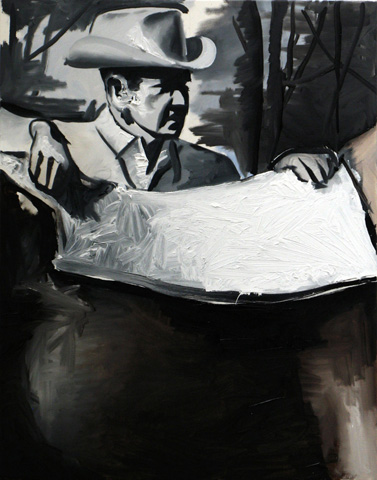
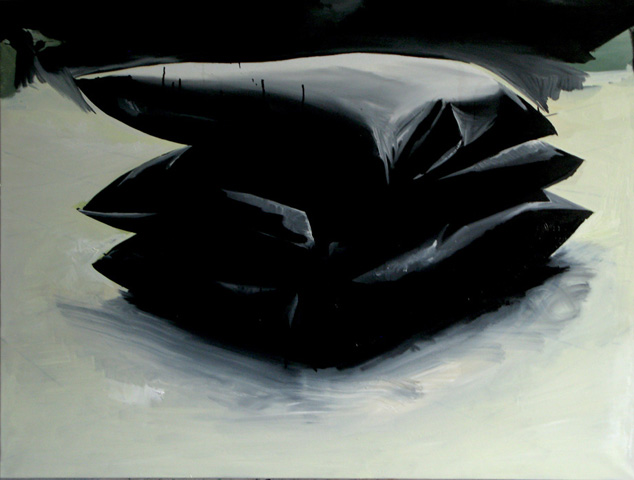
,%2040x50,%202009.JPG)
,%20180x220,%202009.JPG)
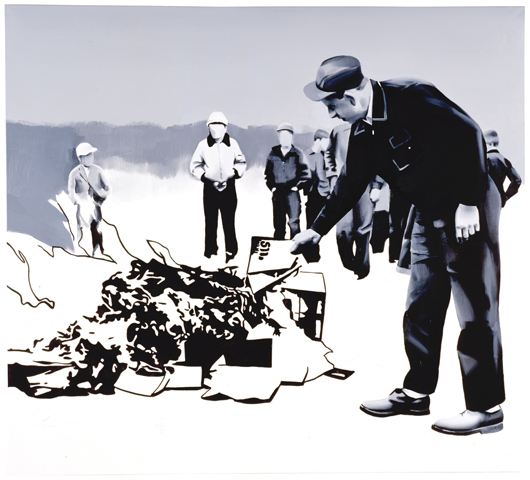
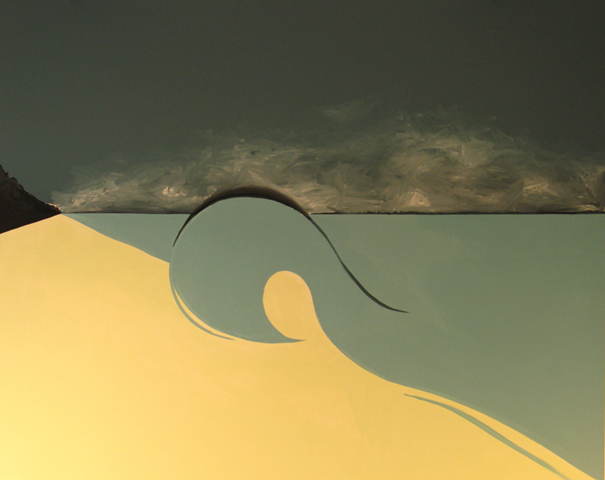
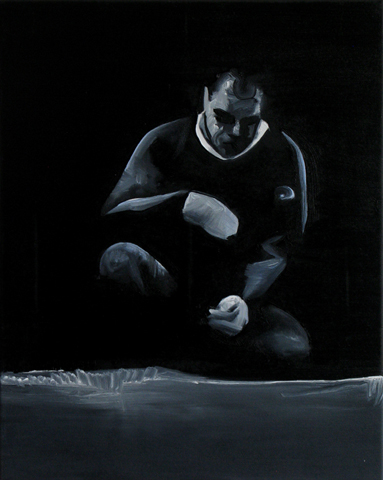


,%2040x50,%202009.JPG)
,%20180x220,%202009.JPG)



Wilhelm Sasnal, a notable presence in the international contemporary art scene, is a young Polish artist whose work ranges from painting to comic books, films and more. He studied architecture in the Krakow Technology Institute, and in 1994 began his painting studies under the tutelage of Professor Leszek Misiak at the Krakow Academy of Fine Arts.
Sasnal’s paintings, like his films and other work, offer a seemingly arbitrary plethora of images, genres and textures. They function together as one deconstructed work, creating an ever-growing puzzle that can never be made whole. Relating to Pop Art, photo-realism, abstraction, minimalism as well as to Surrealism, the works create a kind of archive; for each show Sasnal chooses a selection of pieces relevant to show's specific concept.
Since 1999, when he completed his studies, he has won several significant prizes, including the Van Gogh Prize in Amsterdam in 2006, when he was also included in Flash Art’s list of the hundred foremost young artists in the world.
Sasnal was among the five founders of Ladnie (the word means ‘beauty’), which operated from 1995 to 2001. The group made light of academic painting, which was still prevalent in Poland at the time. Their topics were everyday life as represented by the media.
Over the last decade, Sasnal has held dozens of one-man exhibitions throughout Europe and the US, and participated in many group shows. In 2001, he published the comic book Everyday Life in Poland between 1999-2001. The book covered two years in the artist’s life, and is considered a realistic depiction of life as experienced by the generation born in the 70’s.
His works are exhibited and collected by the Tate Modern in London, Gallery Saatchi, the Pompidou Center, and the MoMA and Guggenheim Museums in New York, as well as in the foremost museums in Poland.
Wilhelm Sasnal came to the JCVA during November 2009. During his stay, the JCVA organized an artist talk at the Bezalel Academy in Tel Aviv. At the talk, a rare opportunity with this artist in any location, Sasnal showed the full-house audience his film, The Ranch, along with works from four one-person exhibitions that were currently on show or soon to be shown around the world. Nirith Nelson, the JCVA’s art director, interviewed Sasnal on his central themes and his unique approach to art, history, space, and the relation between the personal and the political.
Sasnal visited Jerusalem, toured Tel Aviv, but was most interested in spending time in the desert, which is one of his central inspirations.
| The Ranch |
|
The film is entirely continuous with Sasnal’s rich and eclectic approach to painting, and inseparable from it. |
| Untitled (Kacper and Anka) |
|
Sasnal’s paintings work with images taken from television, films, the internet, family albums, objects and newspaper clippings, each of which receive different painterly treatment. His technique and style are varied enough to appear as the work of several different artists. The source of this particular painting is from a photograph of his wife and son taken on the set of a film Sasnal made. The painting acts as a collage which recalls black and white film on the one hand, and combines it with the effects of color. The contrast between the blue and grey elements in the painting is strong enough that the two seem foreign to each other. The inclusion of wife and son suggest intimacy, but the figures are in silhouette, and Anka’s figure is cut off at the head, so that she is recognizable only via the painting’s title. The result is saturated with ambivalence: the figures are both close and distant, memorable, yet composed only of shadows and reflections. |